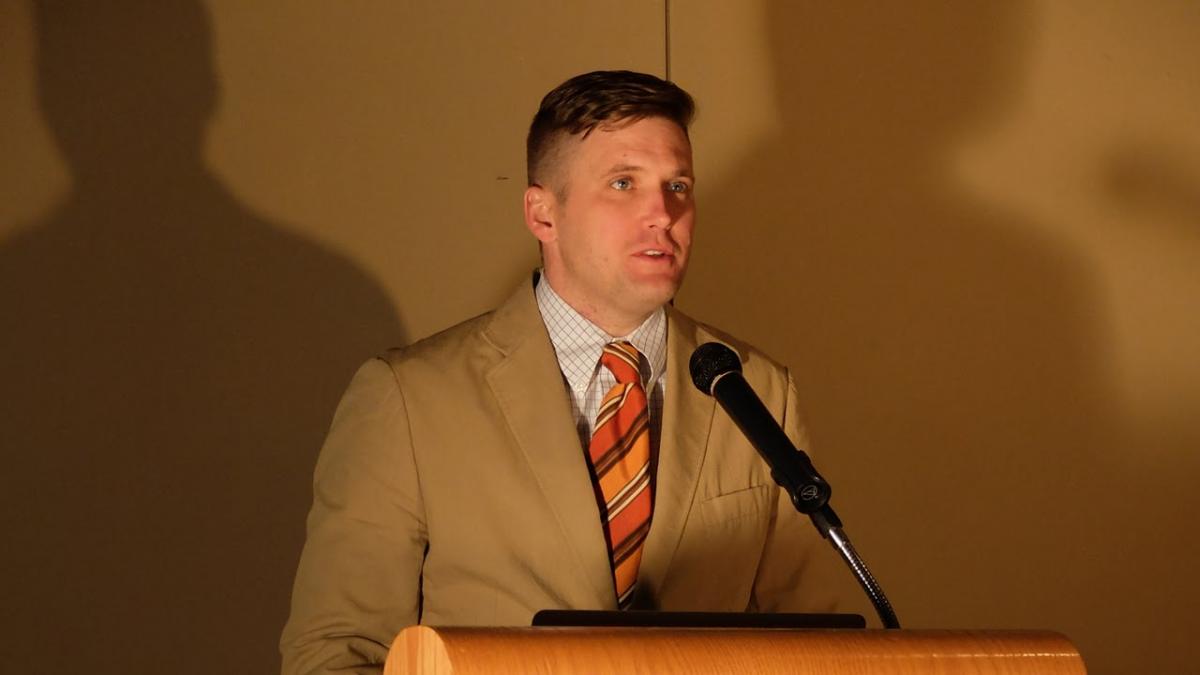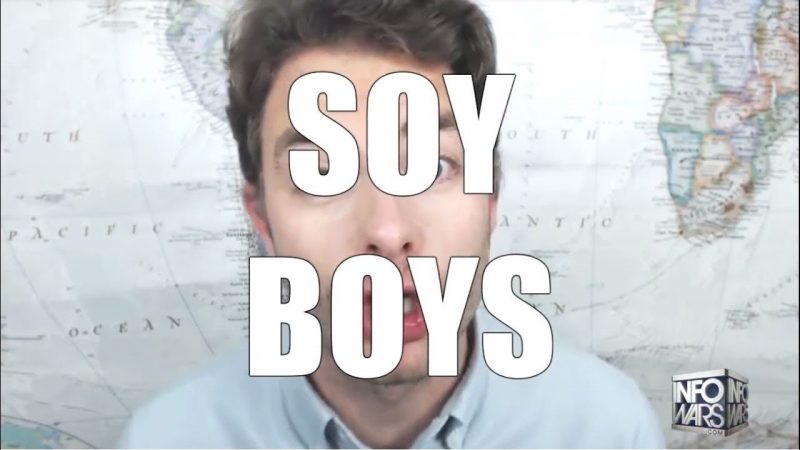The white nationalist movement that calls itself the “alt-right” experienced a year of infighting that resulted in the isolation of some of the movement’s original founders and the birth of a handful of aggressive spin-off movements, each with its own niche agenda and rhetoric.
Richard Spencer, the unabashed white nationalist who famously coined the term “alt-right,” has become marginalized by the movement he helped to start. But the havoc he helped set in motion still taints right-wing politics, as seen in right-wing spaces online and political candidates like Paul Nehlen, and has influenced a new wave of right-wing extremism.
The alt-right grew in part by injecting itself into subcultures on platforms such 4chan boards, Reddit boards, and communities on YouTube that were energized after Gamergate. During the 2016 election, the alt-right provided a unifying banner for fringe sects of the Right to charge forward in their support for the Trump campaign.
Trump’s constant railing against “political correctness” and “fake news” and eagerness to exploit fears of immigrants and people of color were music to the ears of the alt-right, which fed on disgust for “social justice warriors” and distrust of the traditional media. When Breitbart executive Steve Bannon joined the Trump campaign, he helped to fully bring the messaging of the alt-right to the base of the Republican Party.
Then, to nearly everyone’s surprise, Trump won.
Soon after the election, the alt-right broke into wave after wave of infighting as those who had ridden the alt-right’s coattails to online fame realized that the movement was going to be bad for business and former alt-right leaders became marginalized by their former allies.
The first major shakeup happened just weeks after the election, in an event that came to be known as “Heil-gate.” Reporters filmed Spencer, hosting a conference celebrating Trump’s victory, proclaiming “Hail Trump!” as supporters raised Nazi salutes. After that, it was hard for even the alt-right’s former allies to deny the movement’s white supremacist core. Many responded by distancing themselves from the alt-right, others by attempting to laugh off and marginalize Spencer.
Soon after, another controversy rocked the movement. Popular right-wing social media personalities began feuding over who was and was not invited to an Inauguration party called “The Deploraball.” The quarreling began after event organizers disinvited Tim Gionet, known online as “Baked Alaska,” for posting anti-Semitic tweets and alt-right memes. The spat grew large enough that it was noticed by the Neo-Nazi website The Daily Stormer, which sided with Gionet.
As the year progressed, prominent online media figures who had once been affiliated with the alt-right began to cluster in new, rebranded communities, bringing their followers with them. “Pizzagate” truther and pro-Trump pundit Mike Cernovich sought to establish himself as the leader of the “New Right” by denouncing racism and making excuses for his early endorsements of the alt-right. CRTV host Gavin McInnes disavowed the alt-right and focused on his weird hyper-masculine boy’s club called the “Proud Boys.”
Then came the Unite the Right rally in Charlottesville, Virginia, which served as dynamite that ultimately shattered whatever remained of the alt-right’s original infrastructure.
The rally—which was organized by “pro-white” activist Jason Kessler and was set to feature speeches by Spencer and Gionet—ended with the murder of a liberal counter-protester and caused a national uproar. Many who had previously been affiliated with the alt-right scrambled to condemn the movement and attempted to explain away their previous support. Some suggested, falsely, that the term “alt-right” had been taken over by white nationalists who had nothing to do with origins of the movement.
After Charlottesville, even many of those who continued to stand by their explicitly alt-right beliefs began to favor new terms like “ethno-nationalist” to describe their views.
At the same time, members of some internet communities that had previously been folded into the alt-right began to pigeon-hole themselves into bizarre subcultures. The “Trad” Right emphasizes that women should choose more “traditional” lifestyles that involve being home-keepers and having children. “Chad nationalism” promotes overt masculinity and body building. Gionet, for one, explored a new niche with a series of Christian-themed video game streams before later returning to political commentary. There’s even a tiny subculture called the “#DogRight” in which Twitter users with right-wing beliefs that resemble the alt-right’s anti-immigration rhetoric promote their cause alongside pictures of dogs.
And the infighting continues. Recently, for instance, two female YouTube personalities who had gathered large followings among the alt-right got pilloried by their former fans for not living out “trad” values and having children in their early 20s.
Tara McCarthy, a YouTube personality who sings the praises of the alt-right and warns of “white genocide,” somehow just discovered what the alt-right thinks of women pic.twitter.com/XlbQ16rzm5
— Right Wing Watch (@RightWingWatch) December 4, 2017
Although it’s been a year of nasty in-fighting for the alt-right, it has still been able to successfully influence politics and taint public discourse. Bannon, who helped embolden the movement early on, served as President Trump’s chief strategist and continues to use Breitbart News as a weapon against those who stand in the way of his agenda, as seen in the site’s smear campaign against the women who alleged former Alabama Senate Republican candidate Roy Moore made sexual advances on them as teenagers when he was in his 30s. Candidates such as Paul Nehlen, who is hoping yet again to unseat House Speaker Paul Ryan in Wisconsin, have been emboldened to embrace explicit white nationalism in their campaigns. And social media personalities who once affiliated themselves with the alt-right, such as Cernovich, still organize public outrage campaigns that achieve results.
The alt-right brought out an ugly strain in American politics, drawing disaffected young people into old white nationalist ideologies. But the movement couldn’t handle the attention and scrutiny that Trump’s campaign and presidency brought to it. The term “alt-right” may be on its way out, but that doesn’t mean that the ideas that underpinned the movement have disappeared. Instead, they’ve found new expressions in subcultures that are blossoming around the internet and, offline, continue to influence our politics.









